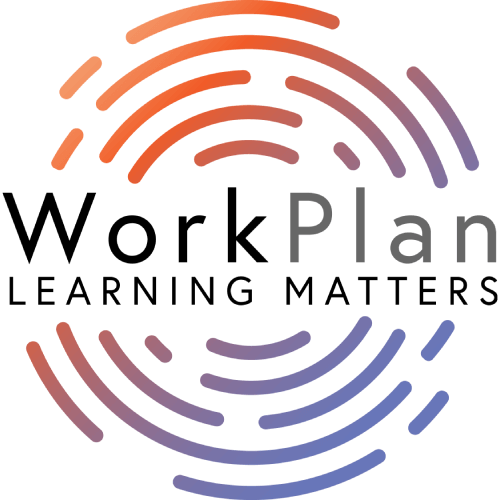Effective onboarding enhances employee experiences, making employees feel more comfortable into their new workplace faster. Effective onboarding also boosts employee engagement and reduces employee turnover, which leads to long-term success and productivity for the organisation.
Leveraging a Learning Management System (LMS) can streamline and enhance the onboarding process, ensuring new employees are prepared with the knowledge and skills they need to succeed.
Here are 6 strategies for utilising learning experiences to onboard new employees efficiently and effectively.
1. Develop a Structured and Comprehensive Onboarding Curriculum
A well-structured onboarding curriculum sets the foundation for new employees to understand their roles, responsibilities, and the company’s culture.
- Define Clear Objectives: Outline what new employees should know and be able to do by the end of the onboarding process.
- Organise Content Sequentially: Present information in a logical order, starting from general company knowledge to specific job-related skills.
- Include Diverse Learning Materials: Utilise videos, articles, interactive modules, and assessments to cater to different learning styles.
For example: Create a 30-60-90 day plan within the LMS that guides new employees through progressive learning stages, ensuring they build on their knowledge over time.
2. Personalise the Learning Experience
Personalisation increases engagement and ensures that learning is relevant to each employee’s role and experience level.
- Role-Based Content: Tailor modules to specific positions, departments, or functions within the company.
- Self-Paced Learning: Allow employees to progress through materials at their own speed, accommodating different learning paces.
For example: For a customer service role, include specific modules on product knowledge and customer service techniques, while providing different content for technical or sales positions.
3. Incorporate Interactive and Engaging Elements
Interactive content keeps learners engaged and enhances information retention.
- Quizzes and Assessments: Integrate periodic quizzes to reinforce learning and assess understanding.
- Gamification: Use badges, leaderboards, and rewards to motivate and engage learners.
- Interactive Scenarios and Simulations: Provide real-world scenarios that allow employees to apply what they’ve learned in a safe environment.
For example: Implement a simulation where new customer service representatives can practice handling various customer inquiries and issues.
4. Facilitate Social Learning and Collaboration
Encouraging interaction among employees fosters a sense of community and enhances the learning experience.
- Mentorship Programs: Pair new employees with experienced mentors through a collaborative LMS platform, like WorkPlan Learning.
- Discussion Forums: Create spaces where new hires can ask questions and share insights.
- Collaborative Projects: Assign group tasks that require teamwork and collaboration.
For example: Set up a virtual onboarding cohort where new employees can collaborate on a project that introduces them to key company processes.
5. Provide Continuous Support and Resources
Onboarding should extend beyond the initial orientation period to support long-term employee development.
- Ongoing Training Modules: Offer advanced courses and professional development opportunities within the LMS.
- Resource Libraries: Maintain an up-to-date repository of documents, guides, and FAQs for reference.
- Regular Check-ins: Schedule follow-up sessions to address questions and provide additional support.
For example: After the initial onboarding, provide access to development training modules for employees interested in advancing their careers within the company.
6. Monitor Progress and Gather Feedback
Tracking learning outcomes and soliciting feedback helps improve the onboarding process continuously.
- Feedback Surveys: Collect input from new hires about the effectiveness and relevance of the training materials.
- Analytics and Reporting: Use LMS data to monitor completion rates, engagement levels, and assessment scores.
- Iterative Improvements: Regularly update and refine content based on data insights and feedback.
For example: Conduct a survey after each onboarding phase to understand what worked well and what could be improved, then adjust the curriculum accordingly.
—
Implementing these onboarding strategies within an LMS like WorkPlan Learning can significantly enhance the employee experience and improve performance. By providing structured, personalised, and engaging learning experiences, organisations can accelerate the onboarding process, reduce turnover rates, and set the stage for long-term employee success.
Are you interested in creating effective onboarding experiences? You are welcome to contact our expert team to have a conversation about your goals and how our programs and LMS can drive your success.
